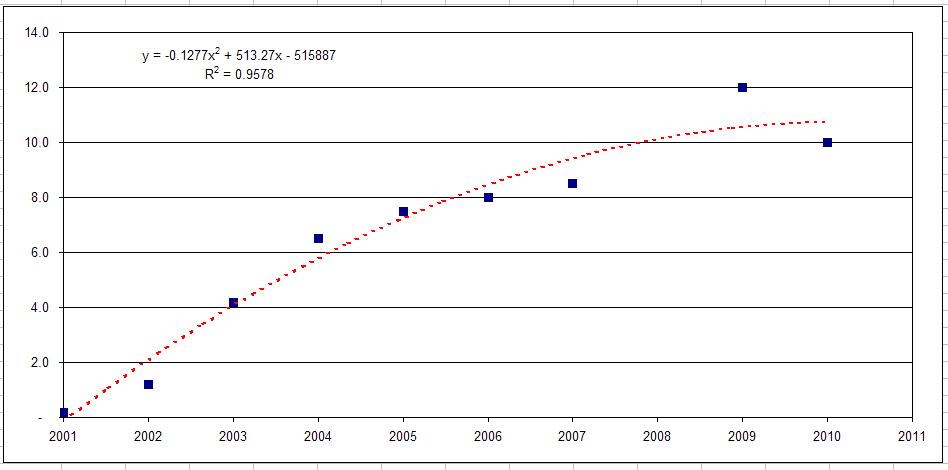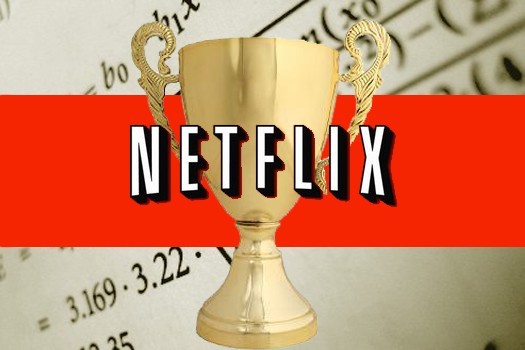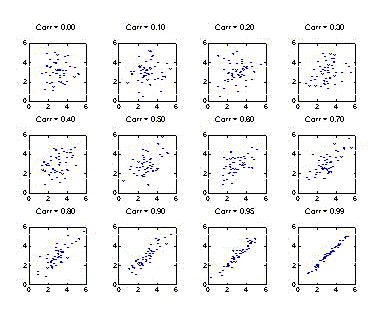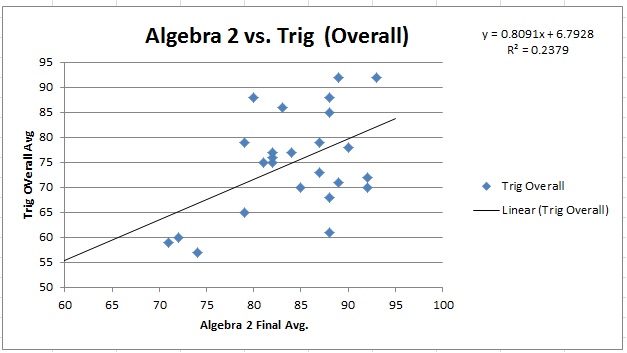
I wanted to examine the correlation between a student’s performance in Algebra 2 and his subsequent performance in Trigonometry. This provides an opportunity to see if our past course recommendations were sound. (In this case, the decision to place a student from Algebra 2 into either Trig or a more remedial Math course) I felt this data might be useful in determining a cut-off score for promotion into the next course. ie: Is there a grade threshold in the 1st course that is associated with failure in the 2nd course?
Results: It’s a small sample size (n=25), but the 3 students who scored under 75 (overall) in Algebra 2 ended up failing Trigonometry. The r-squared was .24, which can be interpreted as saying that 49% of the variation in the Trig grades were explained by the Algebra 2 grades.

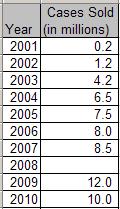 I actually couldn’t find the sales data for 2008, so this calls for a statistical regression (fancy words for “line of best fit”). A linear regression only yielded r=.88, while a 2nd degree polynomial (quadratic) regression gave an r = .96. This regression equation is \(f(x) = -.13x^2 + 513x – 515887\)
I actually couldn’t find the sales data for 2008, so this calls for a statistical regression (fancy words for “line of best fit”). A linear regression only yielded r=.88, while a 2nd degree polynomial (quadratic) regression gave an r = .96. This regression equation is \(f(x) = -.13x^2 + 513x – 515887\)